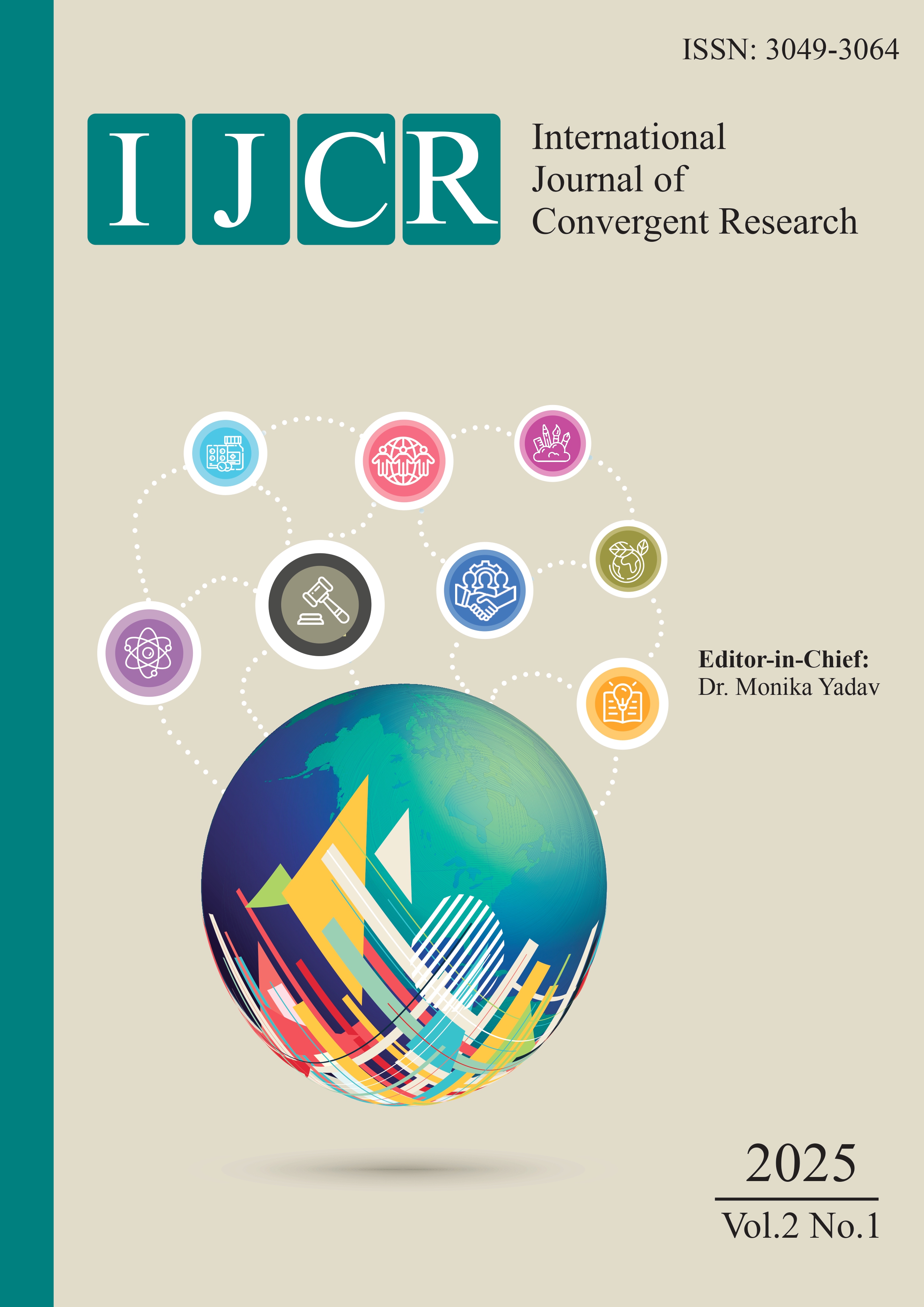A Review: Case Studies Involving Glass Evidences
Keywords:
Glass, Glass evidence, Glass Fracture, Case Study, vehicular crimeAbstract
This paper reviews forensic case studies highlighting the pivotal role of glass evidence in criminal investigations. Focusing on five diverse cases, it explores how meticulous forensic analysis of glass can uncover crucial details, such as the direction of impact, the sequence of events, and potential sources of contact. The paper outlines the primary methods used in forensic glass analysis, including refractive index measurement, elemental analysis and density gradient techniques. Each method’s role in establishing connections or exclusions is evaluated in the context of the cases presented. This study highlights the forensic value of glass evidence in linking suspects to crime scenes and reinforces the need for precision to avoid misinterpretation and investigative delays.
Downloads
Published
How to Cite
Issue
Section
License
Copyright (c) 2025 Dr. Komal Yadav, Agastya Arsh, Bibaswan Maitra, Ayushi Sinha, Sristy Agarwal, Vanshika Wali

This work is licensed under a Creative Commons Attribution 4.0 International License.



